One magical day in March
Good timing offers a glimpse of nature at its most robust
From the Summer 2010 issue of Wavelength Magazine. Read the entire magazine online.
by John Kimantas
A sure sign of spring here on the West Coast is the annual herring spawn. For the marine ecosystem, it’s a large part of the lifeblood of the food chain.
It can also be an economic bounty for humans. This year it took just days for Vancouver Island’s seine fishing and gill net fishing fleets to scoop up the combined 8,400-tonne quota, mostly from the 60 kilometres between Nanaimo and Courtenay.
If taking that amount of fish from a keystone species sounds invasive, the herring had an odd way of showing it. Several days after the fishery closed an amazing transformation took place along the Vancouver Island coast. Blink and you might have missed it. Be fortunate enough to see it, though, and the event is spellbinding.
Each female can lay as many as 20,000 eggs, which then are fertilized by the males. If you are lucky, and if the herring are numerous enough, you’ll catch the local waters transformed into a thick, milky white, while all around nature feasts on the results of this bounty.
It was entirely luck this March that brought us onto this scene while gentle waves lapped the shoreline. The location was Jack Point at the end of a peninsula jutting out from between the Nanaimo River estuary and Northumberland Channel, the waterway that divides Vancouver Island and Gabriola Island.
It’s a deceiving area, from a wilderness perspective. On the one side of the peninsula is an industrial area dominated by the Harmac Pulp Mill, Canadian Oxidental Petroleum and other developments, including the Duke Point ferry terminal designed primarily for truck traffic between the BC mainland and central Vancouver Island. Intuition would indicate it’s not a place you’d want to linger, let alone stop to smell the wildflowers.
But much of the Duke Point peninsula has been protected by way of two little-known City of Nanaimo parks. A trail links Biggs Point Park and Jack Point Park at the tip of the peninsula (making the two parks essentially indistinguishable). The trail follows the oceanfront along the edge of the Nanaimo River Estuary, which can be an expansive mudflat if the tide is low or a vast bay if the tide is high. The trail meanders past successive ridge lines traversed by wooden stairwells, taking a visitor through arbutus stands, gnarled Gary oak and tall Douglas fir. Small coves break up the sandstone shoreline, which overlooks a deceivingly quiet estuary.
The estuary is quite different from the adjacent open ocean. This is an area of clambeds and oysters and crabs and eelgrass, where small fish travel in large schools, attracting an array of hunters: grebes, for instance, and a wide array of ducks. On this day a group of harlequins is at work, paddling near the shore and disappearing every few moments for another hunt. If they get too close to where I’m watching they’ll dart off by flapping wings that slap on the water while using their webbed feet to essentially run on the water – a display entirely lacking in grace and probably efficiency as well. So it’s no surprise they usually just paddle away with brightly colored feet working double time when they feel the need to distance themselves from me. But after few minutes they seem to figure out I’m no threat, and their drifting brings them ever closing for a fascinating look at their hunting strategy. The water is clear enough I can follow their dives, with their shimmering bodies darting along the estuary floor.
A different seasonal story emerges on the land on this side of the park. On the sandstone slopes nature is putting on a show as the seasonal wildflowers begin to emerge. They bloom for a short period each spring. These hardy plants are unique to this climate and type of seafront slopes where they have adapted to the winter winds, scant soil, seaspray and summer droughts. Such meadows used to stretch along much of the shore of southeast Vancouver Island, along with the Garry oak forests, but their natural habitat turned out to be ideal places to build homes, and so the wildflower shows become ever more rare each year. Meanwhile, the Garry oak remained in their winter slumber, looking ancient and gnarled and long past their ability to bloom again, though of course each summer they do.
The trail is a great place to stretch the legs after work, if the day is too cool or windy for a comfortable paddle. Our first hint that something was amiss this particular day in early March was the sound of birds. It was a cacophony, led mainly by the gulls.
As we reached Jack Point at the end of the peninsula, we could see the traffic in Northumberland Channel was heavy. But not with barges – this day it was sea lions. Several dozen were busy patrolling the area in small groups, snorting and orping as they scavenged. Smaller seals popped up amongst them, while all around gulls filled air with rambunctious chatter.
That’s when we noticed the water, and suddenly it all made sense. It was an almost translucent blue, but white at the same time. The herring had just spawned.
Keeping watch over it all in the trees was a dozen or so bald eagles. We walked down to the rocks at Jack Point and looked down at the seaweed. The herring roe was stuck on everything. It must have been near the end of a long day for those feeding on the bounty. The birds seemed sated, and though noisy everything had the air of after-dinner chatter. The sea lions still patrolled back and forth, either for pleasure or more food. A few had obviously called it a day already. A raft of them floated just off the point, snoozing peacefully, flippers in the air to conserve energy (as the flippers contain less insulating fat).
It was a fleeting party. The next day it was over. The water was a normal blue and all the participants – eagles, gulls, sea lions and seals alike – had moved on. Only the ducks continued their games in the estuary.
I often wonder, sometimes aloud, if we’re looking after nature properly: I wonder if we’re not taking too much, like 8,400 tonnes of herring each spring. Or if we’re giving back too much of the wrong thing – pollution and contaminants and garbage.
But on this one day it all seemed to be working. I was glad I stumbled upon it.
John Kimantas is editor and publisher of Wavelength Magazine, based out of Nanaimo.

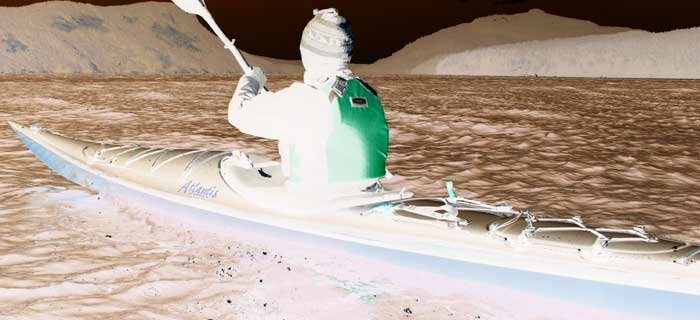
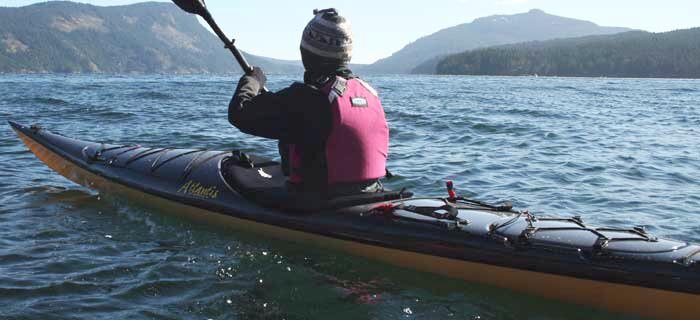
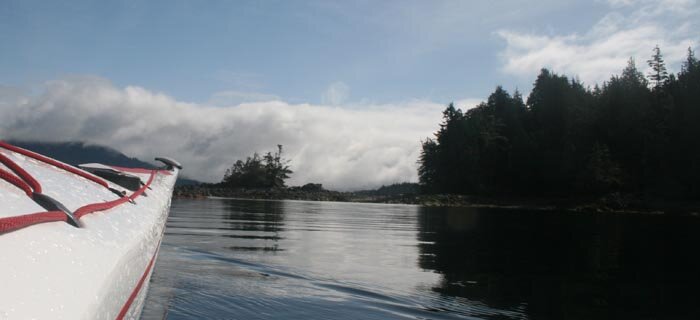
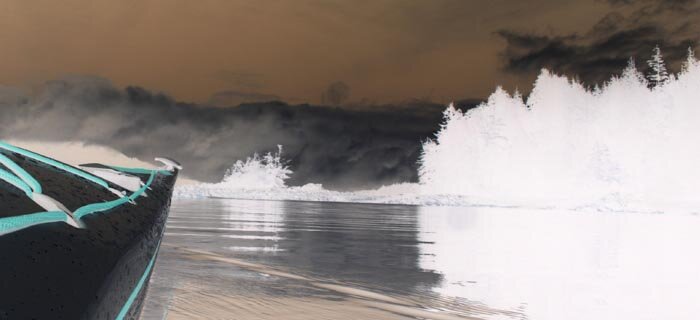
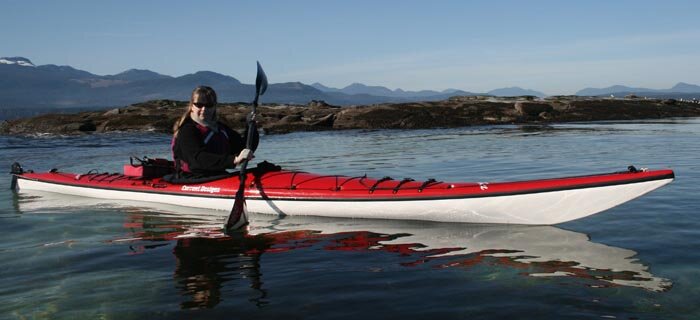


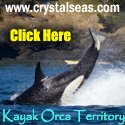
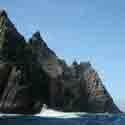













 This site uses valid HTML, CSS and Flash. All content Copyright © 2010 Wild Coast Publishing.
This site uses valid HTML, CSS and Flash. All content Copyright © 2010 Wild Coast Publishing.